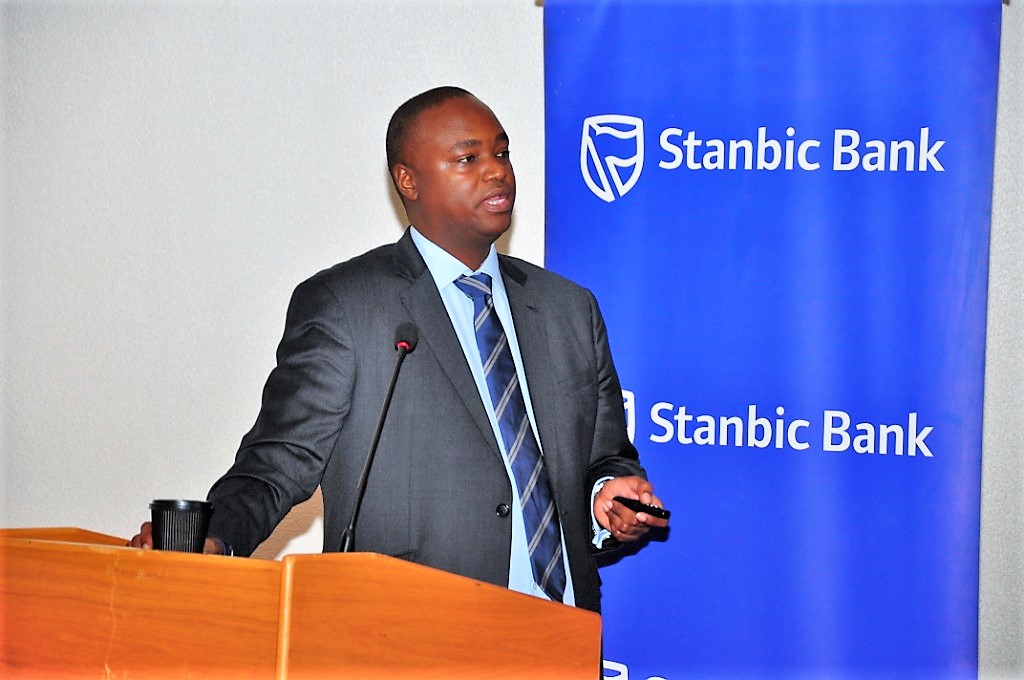Stanbic Bank’s Purchase Managers Index (PMI) posted 51.8 in April, down from 53.2 in March signaling a further improvement in the health of the Ugandan private sector. However, the pace of growth fell below the average observed across the series so far (since June 2016).
According to the PMI report, Business conditions in Uganda’s private sector witnessed further increases in output and new orders, which subsequently led to an expansion in workforce numbers. Furthermore, purchasing activity rose for the second month in succession. Meanwhile, inflationary pressures persisted as rising cost burdens fuelled output price inflation.
Commenting on the survey findings, Phumelele Mbiyo, Regional Economist E.A at Stanbic Bank said, “Uganda recorded the 15th consecutive month of expansion in economic activity in April, albeit moderating somewhat relative to March. Despite this, it is evident that the expansion is not uniform across the economy. The agriculture and construction sectors experienced an expansion in both output and new orders while business activity contracted in the industrial, services and wholesale & retail sectors. This non-uniform nature of the economic expansion could be a reason for the absence of consumer inflation pressures.”
The onset of the rainy season as well as the recent developments in the Oil and Gas sector have driven expansion in Agriculture and Construction sectors respectively. However, there has been pressure on the UGX against the dollar trading above the 3,700 mark as at the end of April, amid demand from commercial banks and the energy sector. This led to the slowdown in the services and industrial sectors.
Stanbic Bank’s Fixed Income Manager Benoni Okwenje said, “Staffing levels increased boosted by heightened client demand and planned business expansions. Employment rose across three out of the five sub-sectors, the exceptions being industry and wholesale & retail where respective stagnation and contraction were seen. Businesses further responded to higher demand by expanding their purchasing activity for the second consecutive month. Meanwhile, competition among suppliers led average lead times for inputs to shorten further during April.”
Elsewhere, higher raw material prices underpinned an increase in cost burdens in the period under review. Overall input costs rose across all five monitored sub-sectors, continuing the trend observed since the survey’s inception. Accordingly, businesses across the five monitored sub-sectors increased their average selling prices at the start of the second quarter.
The Stanbic PMI is a composite index, calculated as a weighted average of five individual sub-components: New Orders (30%), Output (25%), Employment (20%), Suppliers’ Delivery Times (15%) and Stocks of Purchases (10%). Readings above 50.0 signal an improvement in business conditions on the previous month, while readings below 50.0 show deterioration.






